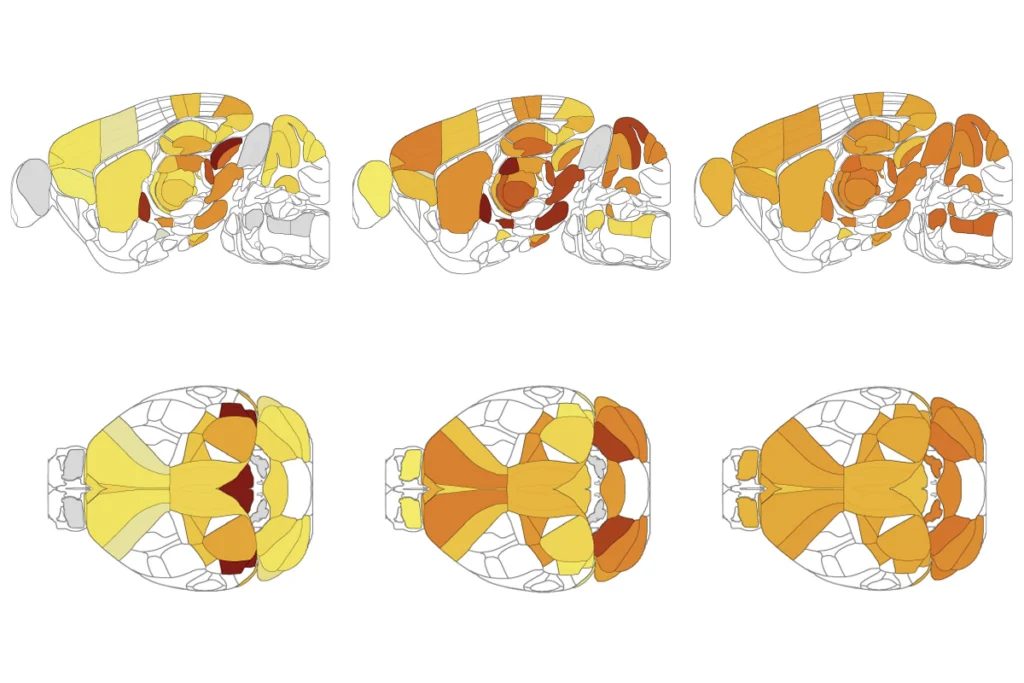Chandelier cells may sprout few branches in autism brains
Specialized neurons called chandelier cells, which dampen brain signals, make unusually few connections in the brains of people with autism.
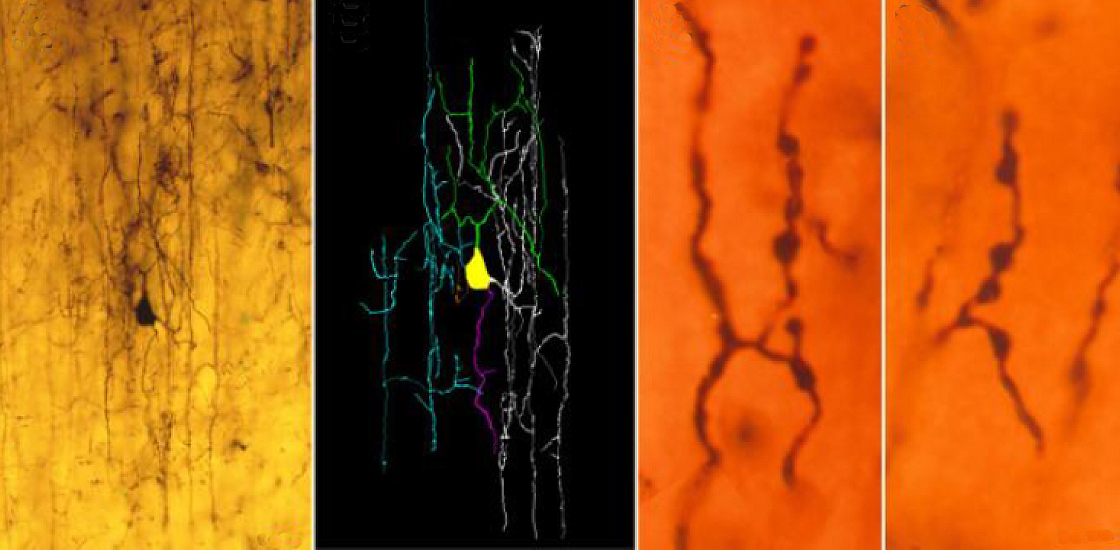
Specialized neurons called chandelier cells, which dampen brain signals, make unusually few connections in the brains of people with autism. And the neurons that receive their chemical signals have a dearth of receptors for them.
The unpublished findings appeared in two posters presented yesterday at the 2018 Society for Neuroscience annual meeting in San Diego, California.
The results support that the idea that the balance between excitation and inhibition is altered in the brains of people with autism.
“All of these things are pointing to an increase in excitation in the system,” says lead investigator Verónica Martínez-Cerdeño, associate professor of pathology and laboratory medicine at the University of California, Davis. “We think this is part of why there is an excitatory-inhibitory imbalance in autism.”
Chandelier cells dampen the output of pyramidal neurons, which excite neuronal activity. The cells send their signals through fibers arranged in vertical columns, reminiscent of the candles in a chandelier. These columns, called cartridges, connect with pyramidal neurons.
Earlier this year, the same team reported fewer chandelier cells in the brains of autistic people than in those of controls1. The new work focuses on the cells’ cartridges.
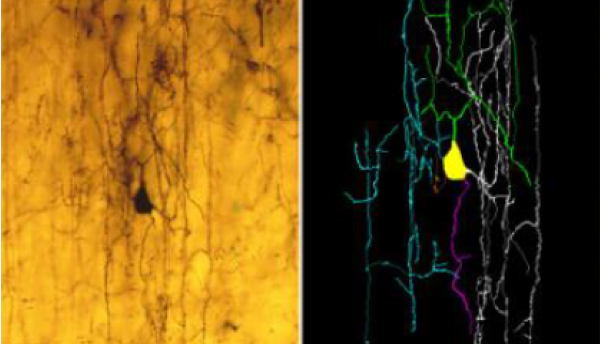
Candle ends:
Martínez-Cerdeño and her colleagues analyzed postmortem brain tissue from 10 people with autism and 10 controls, aged 7 to 48 years. All except one of the brains were from males.
The researchers studied three brain regions implicated in autism: Brodmann areas 46 and 47, which govern language processing; and area 9, a memory region.
They stained the tissue with markers for cartridges. They found fewer cartridges in all three regions of the autism brains than in those of controls. However, each cartridge shows the usual number of ‘boutons’ — the signal-sending ends of neurons.
The researchers also stained the tissue for a receptor for gamma-aminobutyric acid (GABA), a chemical messenger that chandelier cells release. Pyramidal neurons in autism brains have up to 60 percent fewer GABA receptors compared with controls.
“The chandelier cells may be secreting GABA, but this GABA is having a decreased effect because there are few receptors there,” Martínez-Cerdeño says.
Her team has also found a decrease in the number of chandelier cells in the brains of rats exposed prenatally to the epilepsy drug valproate, which is linked to autism. They are studying these rats at different ages to determine whether their chandelier cells are scarce from the start, die off or migrate to the wrong place.
For more reports from the 2018 Society for Neuroscience annual meeting, please click here.
References:
- Ariza J. et al. Cereb. Cortex 28, 411-420 (2018) PubMed
Recommended reading
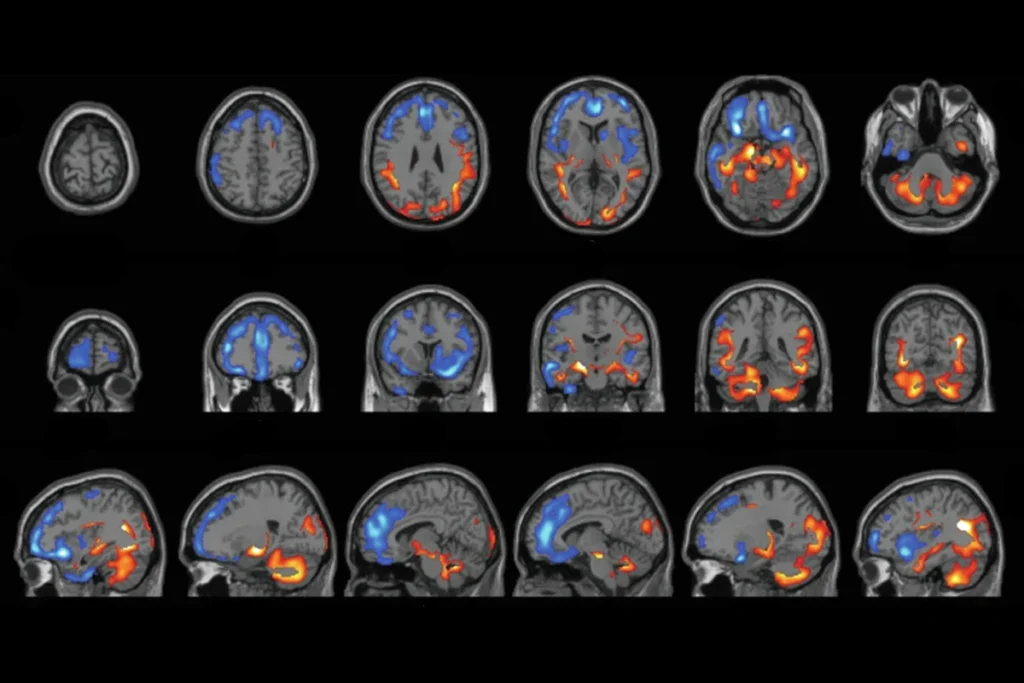
Cerebellum structure; AMPA receptors; MAGEL2 gene
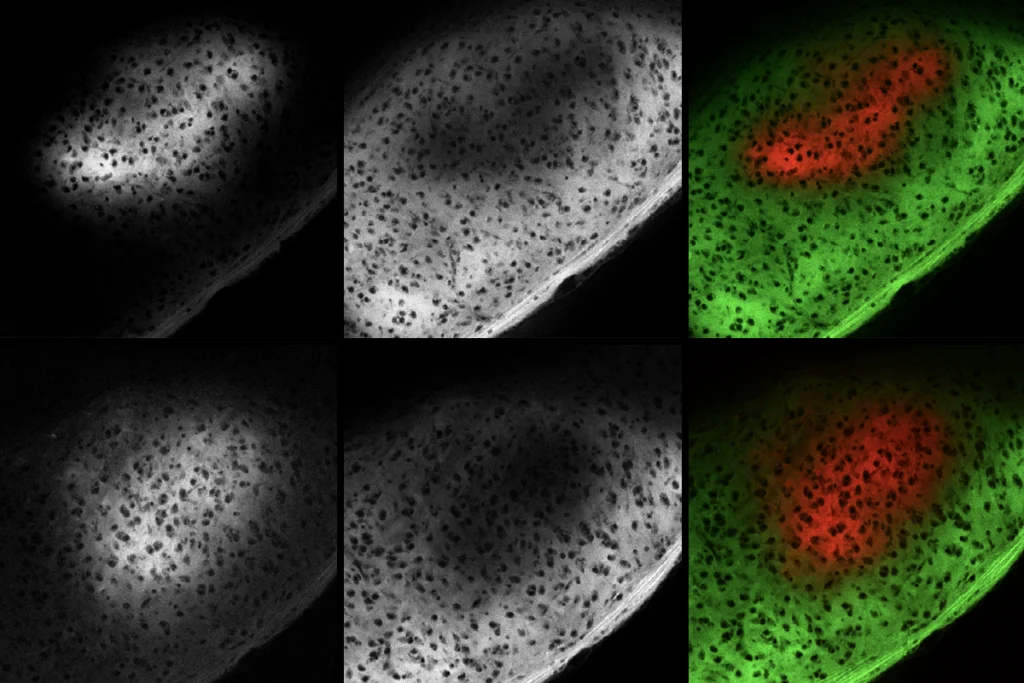
Microglia’s pruning function called into question
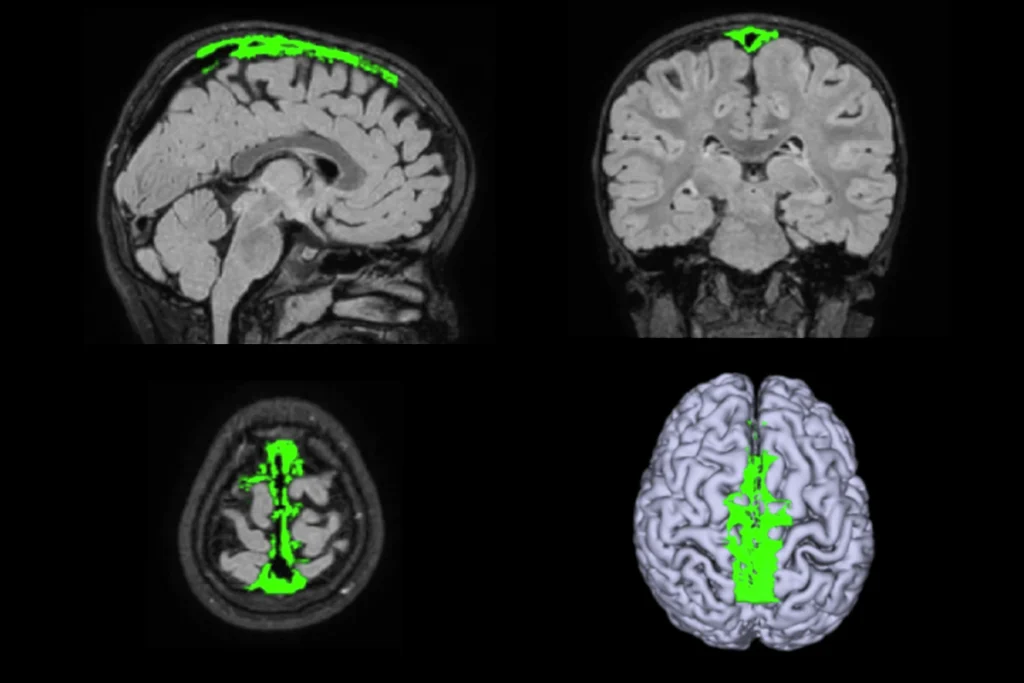
Okur-Chung neurodevelopmental syndrome; excess CSF; autistic girls
Explore more from The Transmitter
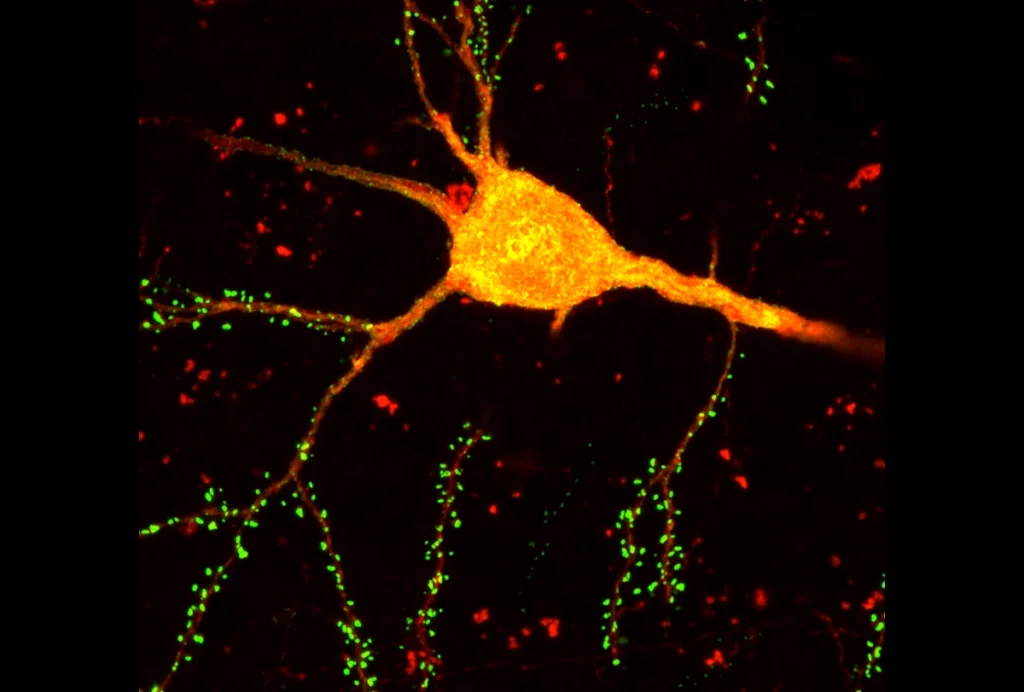
START method assembles brain’s wiring diagram by cell type

Timing tweak turns trashed fMRI scans into treasure
